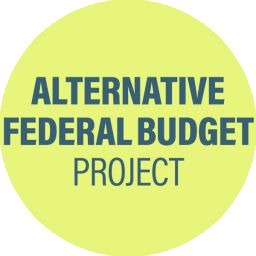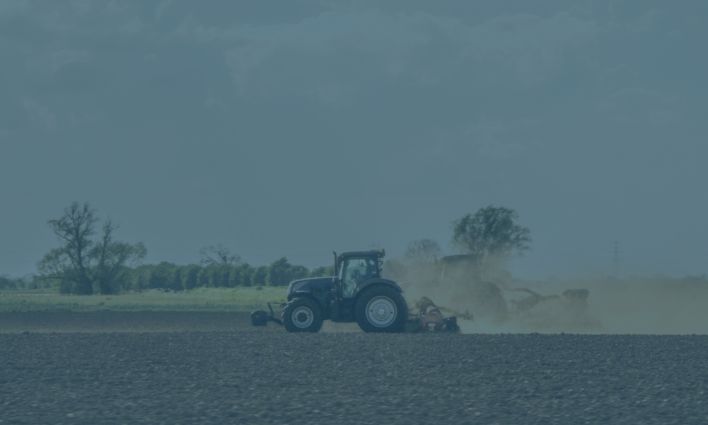Introduction
Arts and culture are big business, worth 2.3 per cent of real GDP in 2021, according to Statistics Canada.1 The Conference Board of Canada previously reported the sector was worth 7.4 per cent of GDP, including direct, indirect, and induced contributions.2 In 2020, cultural exports were worth $19.4 billion3 and 685,000 people4 worked in the sector. Arts and culture are economically important.
Arts and culture are also intrinsically important to Canada. Artistic expressions engage, entertain and educate us, and reflect us to ourselves and the world. They are fundamental tools for social cohesion, intercultural dialogue, health, and more.
At the heart of the sector are professional artists: writers, musicians, performers, designers, visual artists, composers, dancers, editors, singers, storytellers, directors, choreographers, artisans, craftspeople, and more, in every community and in every medium. Artists are embracing digital media. There are more than 202,000 professional artists, roughly one per cent of the total labour force.5 But artists are the original gig workers. Most work from contract to contract, with income that is low, fluctuating and insecure. Historically, the median individual income of professional artists has been about 44 per cent lower than all Canadian workers.6
The AFB 2024 provides concrete measures to improve the lives of professional artists, enabling them to unleash their creativity for the benefit of all.
Overview
Artists have characteristics that are not shared with other workers. Most become artists because of their love of the art form; they have specialized training and prepare for many years before becoming a professional. Highly educated and motivated, professional artists may spend a substantial amount of time preparing to earn income, in rehearsal, research, or producing a finished painting, book, musical work, or other creation. They might work for several engagers at the same time, or for none at all. They might sell nothing for long periods and then, suddenly, a great deal. Artists must practise, rehearse or produce works in between contracts to keep their skills current. They spend many hours looking for work. Excellence is no guarantee of marketplace success. Most artists must work at other jobs to survive financially.7
Successive governments have provided direct financial support to artists, including through the Canada Council for the Arts and programs of the Department of Canadian Heritage. Other government programs and agencies provide work to artists or help them develop their career, including CBC/SRC, the Book Fund, Arts Presentation Fund, National Arts Training Fund, Telefilm Canada, tax credits for audiovisual production and periodicals, and others. Budget 2023 provided new multi-year funding for Building Communities Through the Arts, the National Arts Centre, Museums and the National Film Board. In 2024, museums that receive government funds will begin to manage their collections in accordance with the principles of the UN Declaration on the Rights of Indigenous Peoples.
The CERB program was essential for Canadian artists during the pandemic. The government’s post-pandemic emergency response programs have provided essential support for artists and arts organizations that are still trying to regain audiences after the lockdowns. The Status of the Artist Act recognizes the unique circumstances of professional artists. The Copyright Act provides important rights to creative and interpretive artists, ensuring they may benefit economically from their works and have some degree of control over it.
In recent years, the government has begun to invest in the development of arts and culture in Indigenous, diverse, Black and other racialized communities—and these investments will continue to grow. More than one-half of artists are women. But women and gender-diverse artists face an intersection of challenges. The government remains committed to addressing these in a variety of ways, including specific objectives for the national institutions. While older artists are at the peak of their creativity, ageism is prevalent and older professionals can be explicitly discriminated against, including by government programs. Significant challenges remain across the full spectrum of artists. Average earnings of professional artists in five categories (dancers, craftspersons, musicians and singers, other performers, visual artists) are below Canada’s poverty line.8
While Senator Pat Bovey’s Declaration on the Essential Role of Artists and Creative Expression in Canada Act passed in the Senate, it failed to obtain a sponsor when tabled in the House of Commons in May 2023. The government will table this Act in the next session of parliament. In March 2023, the House of Commons Standing Committee on Canadian Heritage released its report, Strengthening Status of the Artist in Canada. In addition to recommending changes to the Status of the Artist Act, the committee recommends important policy initiatives to improve the social and economic circumstances of professional artists. The AFB 2024 contains measures that help to accomplish this objective.
Actions
The AFB amends the Income Tax Act to ensure that professional artistic income up to $10,000 will be eligible for a refundable tax credit of 15 per cent. This credit will be reduced to 7.5 per cent for artists whose total family income exceeds the median of all artists and will be eliminated for artists whose total family income exceeds the median of all workers.9 This credit creates a powerful incentive for creativity for artists who are struggling to earn a living from their art, including those from Indigenous, Black and other racialized communities, diverse, older and emerging artists. The necessary definitions and controls are provided in Income Tax Folio—S4-F14-C1, Artists and Writers and in the Status of the Artist Act. When the Canada Liveable Income (CLI) is fully implemented (see Poverty and Income Security chapter), the refundable tax credit will be reviewed.
The AFB will help ensure tax fairness for professional artists by allowing artists to back-average their income over four years. Visual artists might prepare works for many years before these are exhibited and sold. Similarly, a writer might spend many years on a script before it is made into a movie and generates income for the writer. But the income that these artists receive will be taxed in the year in which it is received. Depending on residency and total income, they could pay up to 16 per cent more tax than if it were spread evenly over the years during which the arts and crafts were created.10 As necessary, regulations will address the amount that artists might have received as tax credits in previous years.
The AFB provides an additional $10 million each year for the Public Lending Right (PLR) program. The PLR provides payments to creators whose works are loaned from public libraries. These additional resources will allow the PLR commission to increase the fees paid to these creators, to expand the list of eligible recipients, and to extend the period of eligibility.
The AFB provides an additional $50 million each year for the Canada Council of the Arts (CCA) to implement relevant programs for Indigenous artists, Black artists, gender-diverse artists, artists with disabilities, older artists, as well as artists from other marginalized communities. The distribution will not be based on the existing CCA model, which favours established artists. It will be designed in close collaboration with each community to ensure it meets specific and diverse needs. This is essential in order to address the continuing inequalities in arts and culture. These programs will include a mentorship program in which the mentor will be paid for the knowledge and skills they willingly transfer to the next generation of artists.
Many artists must work at jobs outside the sector between their artistic contracts. When they do, they and their employer will pay into the Employment Insurance (EI) program. But when they are without any work (either as an artist or the other employment) many cannot collect EI regular benefits, even if they otherwise qualify.11 The Canada Employment Insurance Commission will develop rules and regulations to bring professional artists fully and equitably into the EI system. Professional artists and engagers will pay premiums and the artists will qualify for regular benefits according to a model based on total income earned (rather than weeks worked) in four-week periods. It is anticipated that this model will be revenue neutral except in extraordinary circumstances, such as a pandemic. It may become a model for extending EI benefits to other self-employed gig workers.
The Copyright Act promotes creativity and innovation by protecting the artists whose work is covered. In order to ensure the Act accomplishes its objectives in a rapidly changing world, further amendments will be made to support artists. These include: the Resale Right, to ensure that visual artists benefit from the rising value of their works; the expansion of the Private Copying Levy to all technologies used to copy works for private use; a Right of Equitable Remuneration for artists in musical works to ensure that music streaming services pay appropriate fees to featured and non-featured artists; and expanded rights for audio-visual performers. Importantly, all creative and interpretive artists covered by the Act will be provided with effective Moral Rights, which will assist them to protect the integrity of their work, essential as artificial intelligence is increasingly used to make fake and misleading expressions.







